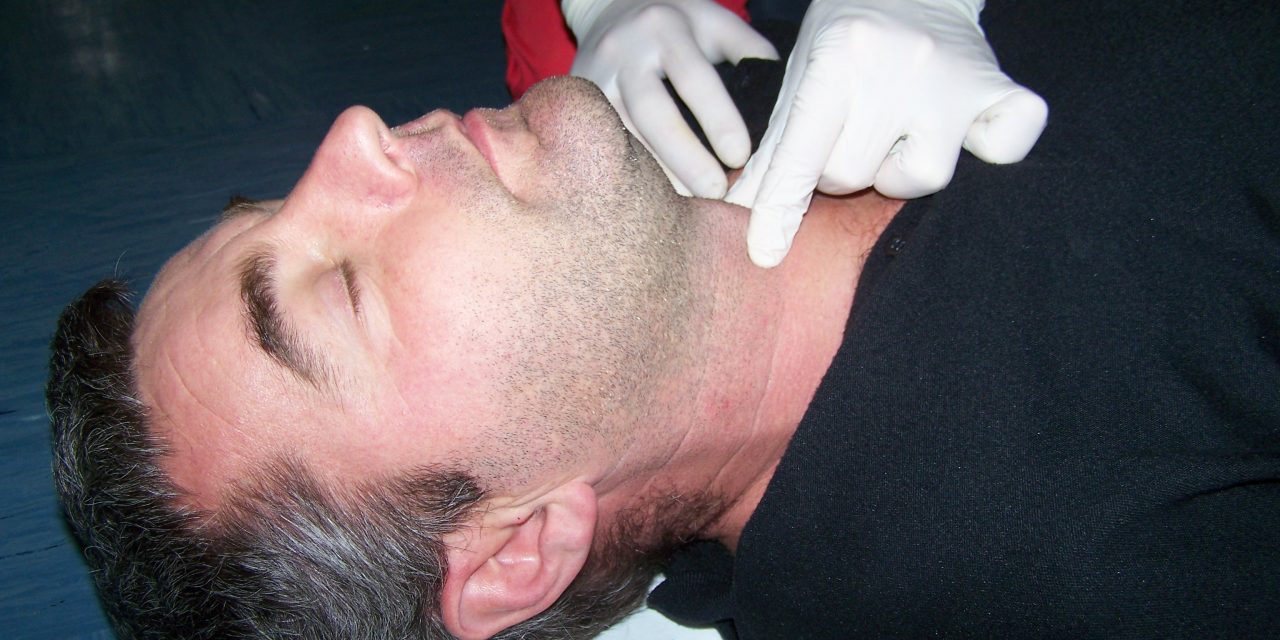In the context of rapid sequence intubation (RSI) and airway management, protecting and securing the airway is a critical part of patient care. This involves various measures and techniques to ensure that the patient’s airway remains open and that he receives adequate ventilation and oxygenation. Here are some key points related to protecting and securing the airway:
- Airway Assessment: Prior to any intervention, healthcare providers should assess the patient’s airway to identify potential difficulties or anatomic variations that could make intubation difficult. This assessment includes evaluation of factors such as the Mallampati score, neck mobility, and the presence of obstructions.
- Positioning: Proper patient positioning is essential for airway management. The patient should be positioned in a way that optimizes the alignment of the oral, pharyngeal and tracheal axes. This may involve a technique called “sniffing” the position to achieve better alignment.
- Cricoid pressure: Applying pressure to the cricoid cartilage, known as the Sellick maneuver, can help prevent aspiration of gastric contents during intubation. This involves pressing on the cricoid cartilage to close the esophagus while maintaining an open airway for ventilation and intubation.
- Use of airway assist devices: Depending on the clinical situation, different airway assist devices may be used. These can be oral and nasal cannulas, which help maintain airway patency, especially in unconscious or semi-conscious patients.
- Endotracheal intubation: Endotracheal intubation is often the ultimate goal for securing the airway. This involves passing a tube through the vocal cords and into the trachea to ensure a clear and protected airway. The tube is connected to a ventilator to provide mechanical ventilation.
- Mask and self-inflating balloon ventilation (BVM): In cases where intubation is not immediately successful, or in situations where advanced airway management is not available, self-inflating balloon ventilation with pressure on the cricoid cartilage can be used to maintain ventilation and oxygenation.
- Continuous monitoring: Once the airway is secured, continuous monitoring is essential to ensure proper placement of the endotracheal tube, as well as monitor oxygen saturation (SpO2), end-tidal CO2 (EtCO2), and other vital signs.
- Prevention of complications: Protecting and securing the airway includes measures to prevent complications such as ventilator-associated pneumonia, aspiration and barotrauma. Proper cuff inflation, adequate tidal volume, and regular suctioning are part of this process.
- Regular Airway Assessments: During patient care, healthcare providers should regularly assess the airway to ensure its continued patency and make adjustments as needed.
The specific techniques and interventions used to protect and secure the airway will vary depending on the patient’s condition, the urgency of the situation, and the resources available. It is extremely important that healthcare professionals are well trained and experienced in airway management to ensure patient safety.
Once the patient is sedated, pressure should be applied to the cricoid cartilage (Sellick maneuver) by pressing the cricoid cartilage firmly against the esophagus, thereby reducing the likelihood of regurgitation.
The Sellick maneuver is named after anesthesiologist Brian Arthur Sellick, who in 1961 published an article on applying pressure to the cricoid cartilage in emergency patients who were not fasting. Since then, the Sellick maneuver has become the standard procedure used in rapid sequence intubation (RSI).
Once administered, a neuromuscular blocking agent is administered and the patient is intubated. In cases where intubation has not been successful, and where mask ventilation with a self-inflating balloon is required, pressure should not be released until an airway is established.



0 Comments